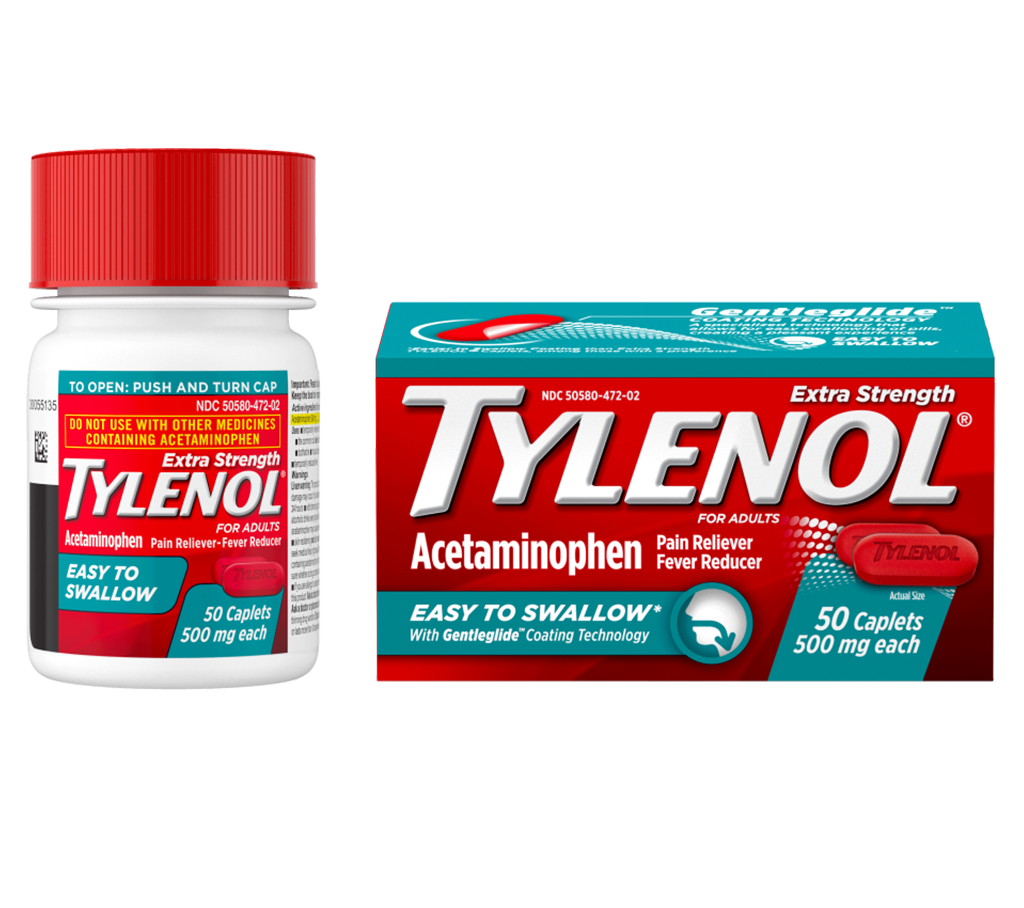What are the symptoms of a rib fracture?
The symptoms of a rib fracture typically include:
- Sharp Pain: Pain is usually localized to the area of the rib and can be sharp or stabbing, especially when moving, breathing deeply, or coughing.
- Tenderness: The area over the fractured rib is often tender to touch.
- Swelling or Bruising: There may be noticeable swelling or bruising around the site of the injury.
- Difficulty Breathing: Breathing deeply can be painful, leading to shallow breathing as a way to avoid pain.
- Restricted Movement: The person may have limited movement of the upper body or chest due to pain.
- Crepitus: A grating or crunching sound might be felt or heard when moving the injured area, due to the ends of the broken rib rubbing together.
If a rib fracture is suspected, it’s important to seek medical attention for an accurate diagnosis and appropriate management. I must say, I broke 4 ribs in an automobile accident and it didn’t hurt at all. I wouldn’t have even known they were broken if I hadn’t asked for an X ray.
What are the causes of a rib fracture?
Rib fractures can be caused by various factors, including:
- Trauma: Direct impacts or blows to the chest, such as from accidents, falls, or sports injuries, are common causes of rib fractures.
- Falls: Falling onto the chest or side can lead to rib fractures, especially in older adults or those with weakened bones.
- Repetitive Stress: Repeated strain or overuse, such as from activities that involve heavy lifting or intense physical activity, can cause stress fractures in the ribs.
- Coughing or Sneezing: Severe or chronic coughing or sneezing can cause rib fractures, particularly in individuals with weakened bones or underlying health conditions.
- Bone Weakening Conditions: Conditions like osteoporosis or metastatic cancer that weaken bones can make them more susceptible to fractures, even with minimal trauma.
- Direct Compression: Situations like being crushed by a heavy object or during certain types of accidents can lead to rib fractures.
In some cases, rib fractures may occur without a clear cause, particularly in individuals with certain medical conditions that affect bone strength.
What is the treatment for a rib fracture?
The treatment for a rib fracture typically involves a combination of measures to manage pain, support healing, and prevent complications. Here are the common approaches:
- Pain Management: Over-the-counter pain relievers such as acetaminophen or ibuprofen are commonly used to alleviate pain. In some cases, stronger prescription medications may be needed.
- Rest: Avoiding activities that exacerbate pain or put additional stress on the injured rib helps promote healing. However, complete bed rest is generally not recommended.
- Breathing Exercises: Deep breathing exercises and coughing are encouraged to prevent lung complications like pneumonia. Using a spirometer can help with this.
- Ice Packs: Applying ice to the affected area can help reduce swelling and numb the pain.
- Supportive Measures: While rib belts or binders were once commonly used, they are now generally avoided because they can restrict breathing and increase the risk of lung complications.
- Avoiding Certain Activities: Activities that involve heavy lifting or vigorous movements should be avoided until the rib has healed.
- Monitoring for Complications: It’s important to watch for signs of complications, such as difficulty breathing or increased pain, and seek medical attention if these occur.
- Rehabilitation: In some cases, physical therapy or other rehabilitation may be recommended to strengthen the muscles around the rib cage and aid in recovery.
For severe fractures or complications, additional treatments or interventions may be required, such as surgery or other specialized care.

Leave a Reply
You must be logged in to post a comment.